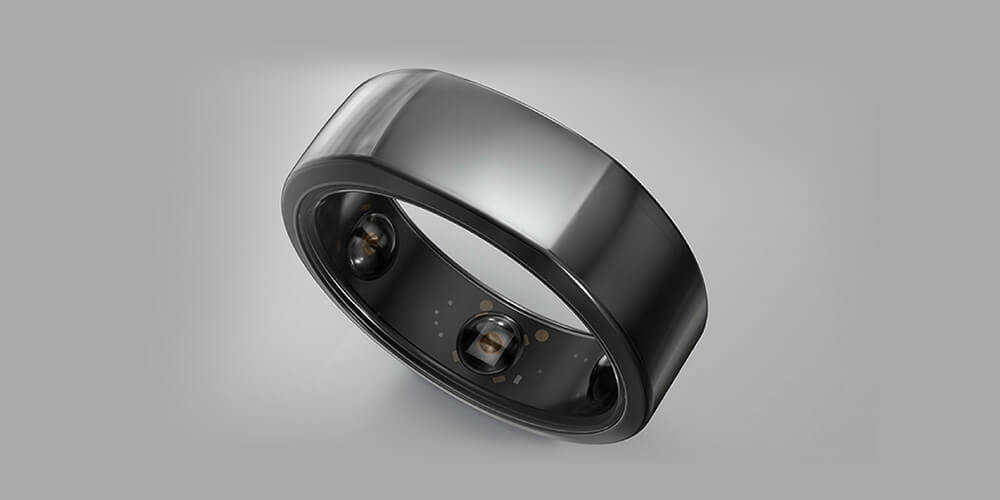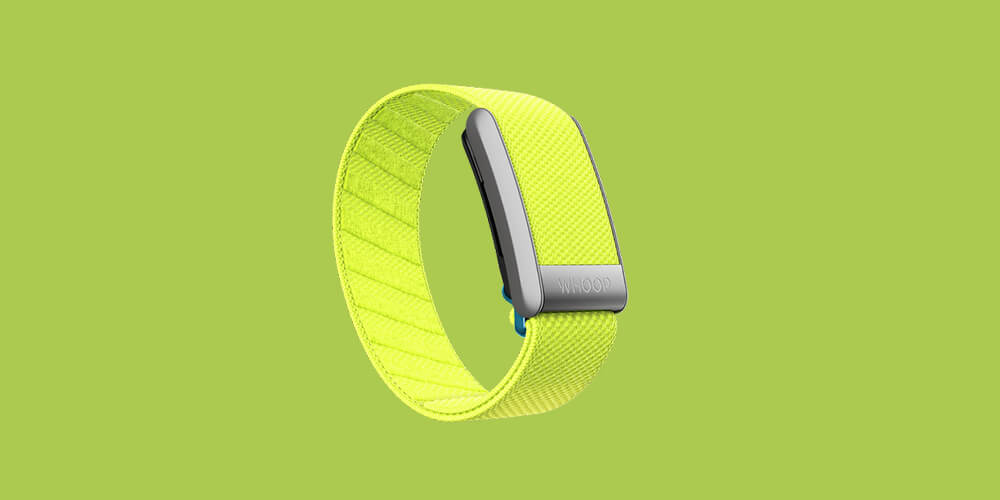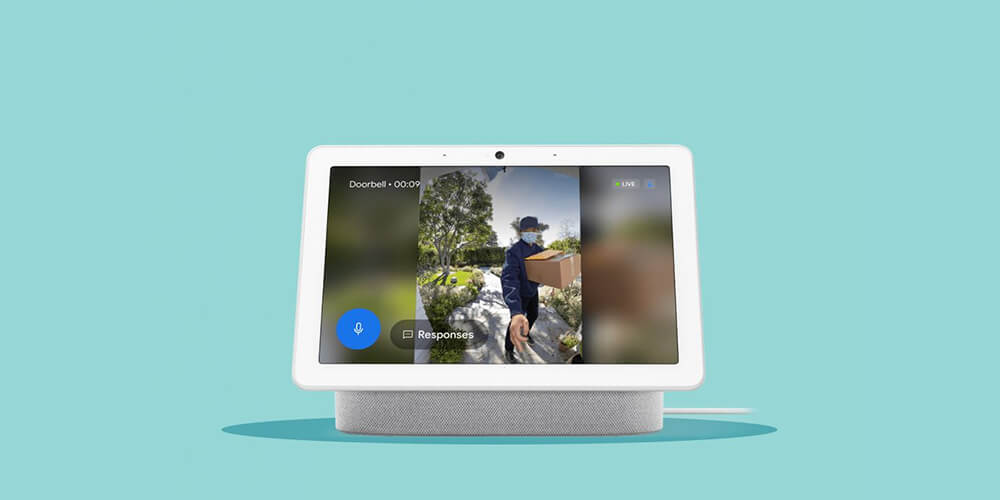Some mornings, you feel rested. Sometimes, it appears that you slept very little. Good and bad nights aren’t always obvious, but a sleep tracker can offer important information. For a clearer sense of how much good sleep you’re receiving, it tracks how you sleep. You can make the most of your sleep by using the advice provided. While sleep trackers rely on sensors to detect additional physical signals, such as heart rate and body movement, lab-based sleep tests typically measure patterns directly through brain activity. This article will observe the best sleep trackers available in the market.
How do sleep trackers work?
Depending on the sleep tracker you select, accelerometers are the primary devices used to monitor movement, heart rate, and oxygen saturation levels. Nonwearables use low-energy, no-contact radar to track movement and other factors like temperature and light to identify potential sleep interruptions.
Types of Sleep Trackers
Each type of sleep monitor on the market has both advantages and disadvantages. Your goals, needs, and preferences will decide which kind of sleep tracker is suitable for you.
Rings: The sleep tracking rings include sensors that gently collect data as you sleep. The majority of ring-style trackers can be utilized to keep track of physical activity.
Watches: Smartwatches and wristbands are two sleep trackers that look like watches. Smartwatches typically include a wider range of features, such as making and receiving calls, checking apps, and receiving notifications and alerts. A built-in display may or may not be present in wristbands, which also fit around the wrist like watches. The majority of watches and bracelets also offer fitness-tracking features.
Other Wearables: While the most common designs for wearable sleep trackers are watches, bracelets, and rings, more options are also available. Some of these contain advanced features not available in other wearables, such as tracking brain activity or eye movements, and they include headband and eye mask types.
Smart Mattresses: These mattresses are advanced in technology compared with regular mattresses. They have sleep-tracking technology along with temperature control and adjustable firmness.
Under Mattress: Under-the-mattress tracking devices interpret information about sleep based on vibrations. These are suitable for people who want to track their sleep without wearing a device to bed because they are often small and quiet. Although they might not be suitable with extremely thick mattresses or waterbeds, most under-mattress choices are compatible with most mattresses on the market.
What Do Sleep Trackers Measure?
Amount of Sleep: By monitoring your activity, your sleep tracker can determine when you wake up and then calculate how long you slept.
Sleep Phases: Your deep, light, and REM sleep can all be tracked using a sleep monitor. Some even set an alarm that turns on at the perfect time for waking up based on your sleep phases.
Sleep Disturbances: Some sleep trackers, such as those in mattresses and bedside gadgets, measure temperature, sound, and other environmental elements that might affect the quality of one’s sleep.
Sleep Quality: Movement is tracked by sleep monitors, which can determine whether you are sleeping peacefully or tossing and turning.
Best Sleep Trackers to Use
The Oura Ring
Key Features
- Up to 7 days of battery life
- Sleep cycles
- Bluetooth
- Up to 100m water resistant
- Skin temperature sensor
- Heart rate monitoring
- iOS and Android compatible

Wearable sleep trackers like the Oura Ring Generation 3 track metrics to assess your daytime activity and sleep. It is one of the most attractive wearable sleep trackers because of its elegant, lightweight design. The ring has sensors that track your blood oxygen levels, body temperature, and heart rate day and night. The ring converts this data into three scores: a sleep score, an activity score, and a readiness score to calculate the quality of your rest, sleep, and daily physical activity. The Oura makes suggestions for bettering sleep habits based on your data. The ring also has 50 audio sessions to help you focus, sleep, and meditate.
Pros:
- A free sizing kit is given
- Monitors 24/7
- Personalized tips for improving sleep score
Cons:
- Bit expensive
- Inaccurate deep sleep metrics
WHOOP 4.0
Key Features
- Up to 5 days of battery life
- Sleep cycles
- Bluetooth
- IP68 water resistant
- Skin temperature sensor
- Heart rate
- iOS and Android compatible

WHOOP 4.0 has a more advanced tracking system and a lighter, more compact design. It has a wearable wristband that the sensor can be detached from and put in a little pocket to keep it safe while you exercise or sleep. The tracker’s metrics include skin temperature, respiration rate, blood oxygen levels, and active and resting heart rates. The users can also program a haptic alarm that gently vibrates when it’s time to wake up. This alarm tracks breathing patterns to vibrate towards the end of your sleep cycle.
Additionally, the sensor is water-resistant. Whoop has subscription charges, and you can also select a pro plan to access more features. Whoop provides a lifetime warranty, which also covers defects in the tracker.
Pros:
- Main focus on sleep metrics
- Good battery life
- Compact design
Cons:
- No screen
- Paid membership
Fitbit Inspire 3
Key Features
- Up to 10 days of battery life
- Sleep cycles
- Bluetooth
- Up to 50m water resistant
- Skin temperature sensor
- High/low heart rate alerts
- iOS and Android compatible

One of their most affordable options is the Fitbit Inspire 3 in Fitbit’s product line. Despite being a cost-effective purchase, it tracks many health and sleep data. You can see your bedtime, waking time, duration and sleep stages, estimated variation in oxygen saturation, skin temperature, breath rate, heart rate patterns, activity, steps, and more. You can also get guided programs to enhance your well-being and sleep. Additionally, the watch may display notifications from your phone. The battery life of the Fitbit Inspire 3 is ten days. You must pay a monthly membership fee for Fitbit Premium to get more individualized sleep, health statistics, and hundreds of videos for relaxation, workouts, and recipes.
Pros:
- Long battery life
- Affordable
- Fitbit Premium subscription is free for six months
Cons:
- Membership is required to access more features
- Limited Performance
Muse S Headband Sleep Tracker
Key Features
- Up to 10-hour battery life
- Heart, mind, breath, and body meditation
- Sleep tracking with deep sleep intensity points
- Heart rate and sleep score
- Comfort fit headband
- Pair with the free Muse app
![]()
The Muse S is a soft headband that tracks activity, heart rate, skin temperature, and brain activity through your skin. It uses that information to provide you with detailed sleep tracking at night and help guide you through meditation sessions during the day. Anyone who finds it difficult to wear a watch at night can opt for this band, which has the central pod in the center of their forehead. With soothing soundscapes and bedtime stories, it pairs with the Muse app on your phone through Bluetooth to help you go to sleep. When you are completely settled in bed, the Muse S will start monitoring your sleep, the side you sleep, and restlessness and provide all the information in the morning through the Muse app, which helps us improve our sleep quality and well-being.
Pros:
- Great relaxation tools
- Highly accurate sleep-tracking data
Cons:
- The usage of the app consumes battery
- Difficult to understand
Withings Sleep Tracking Pad
Key Features
- Plug-in
- Sleep cycles
- Wi-Fi
- Not water-resistant
- Breathing and heart rate
- iOS and Android
![]()
It is possible for Withings Sleep to quietly gather information about your sleeping experience from beneath your mattress. The device has sensors that track movement, respiration, and heart rate. After processing this data, your heart rate, respiration, and sleep cycle are all shown as reports, along with your overall sleep score. Additionally, snoring and breathing interruptions are picked up by the device. It is made to look for some sleep apnea symptoms. The Withings Sleep analyzes cardiac and thoracic activity that may be responsible for the disorder when paired with the app.
The app generates a daily report that includes brief data on your sleep. You can create a PDF report to give to your doctor as well. The Withings Sleep does not need to be charged because it plugs into the wall. Other smart devices are compatible with the Withings Sleep, such as thermostats, light switches, Amazon’s Alexa, and other gadgets, with the help of IFTTT integration. You can program your lighting and temperature to change as you get into or out of bed by connecting these smart gadgets. Innerspring, foam, and latex mattresses are the most popular mattress types that work with the Withings Sleep. It is compatible with Android and iOS also.
Pros:
- Lots of data
- Affordable
- No wearables necessary
Cons:
- Electrical outlet required
Biostrap EVO
Key Features
- 3 days battery life
- Sleep cycles
- Splash-proof
- Blood oxygen
- Breathing and heart rate
- iOS and Android compatible

Biostrap EVO uses parameters such as Heart rate, heart rate variability (HRV), oxygen saturation, and breathing rate to identify sleep. It only takes two-minute data samples and does not monitor any skin temperature. The sampling frequency is low if you decide to use the gadget without a monthly membership. Compared to most sleep trackers, Biostrap can detect snoring and measure the motions of your legs. The battery life of the Biostrap is just about 10 hours. Therefore, you have to remove the strap every morning to charge it. REM and light sleep data are combined into one statistic by Biostrap. It also offers a detailed PDF to share with your medical provider. It allows you to be remotely monitored by the doctor if he is in a Biostrap community.
Pros:
- Monitors oxygen saturation, heart, and breath rate
- Tracks snoring levels
- Mostly accurate in metrics
Cons:
- Samples data for every two minutes
- The sampling rate is even less without membership
Google Nest Hub
Key Features
- Controls home’s smart devices
- Tracks sleep
- Voice Control activated
- Can stream media
- iOS and Android compatible

According to the business, Google’s Nest Hub is a smart home platform created for busy households. Automatic sleep tracking is one of the newest features in it. Because the display is equipped with sensors, you only need to point it at yourself from a bedside table for it to use motion and sound to track your sleep. So, no wearables are necessary. The Nest Hub picks up disturbances like sneezing or coughing and measures your respiratory rate. It will create a sleep summary for you when you wake up that includes personalized insights that can be used to adjust factors like temperature, light, and noise for better sleep.
Additionally, it offers weekly advice to assist you in developing more dependable sleeping patterns. You can access and delete the data whenever necessary. Some metrics like blood oxygen level and heart rate may need to be more accurate.
Pros:
- Tracks breathing and sleep
- Smart home controls are excellent
- Highly responsive
Cons:
- No camera for video calls
- OS is slow
- Can’t use the temperature sensor for smart home routine
- Weird snoring and coughing detection
